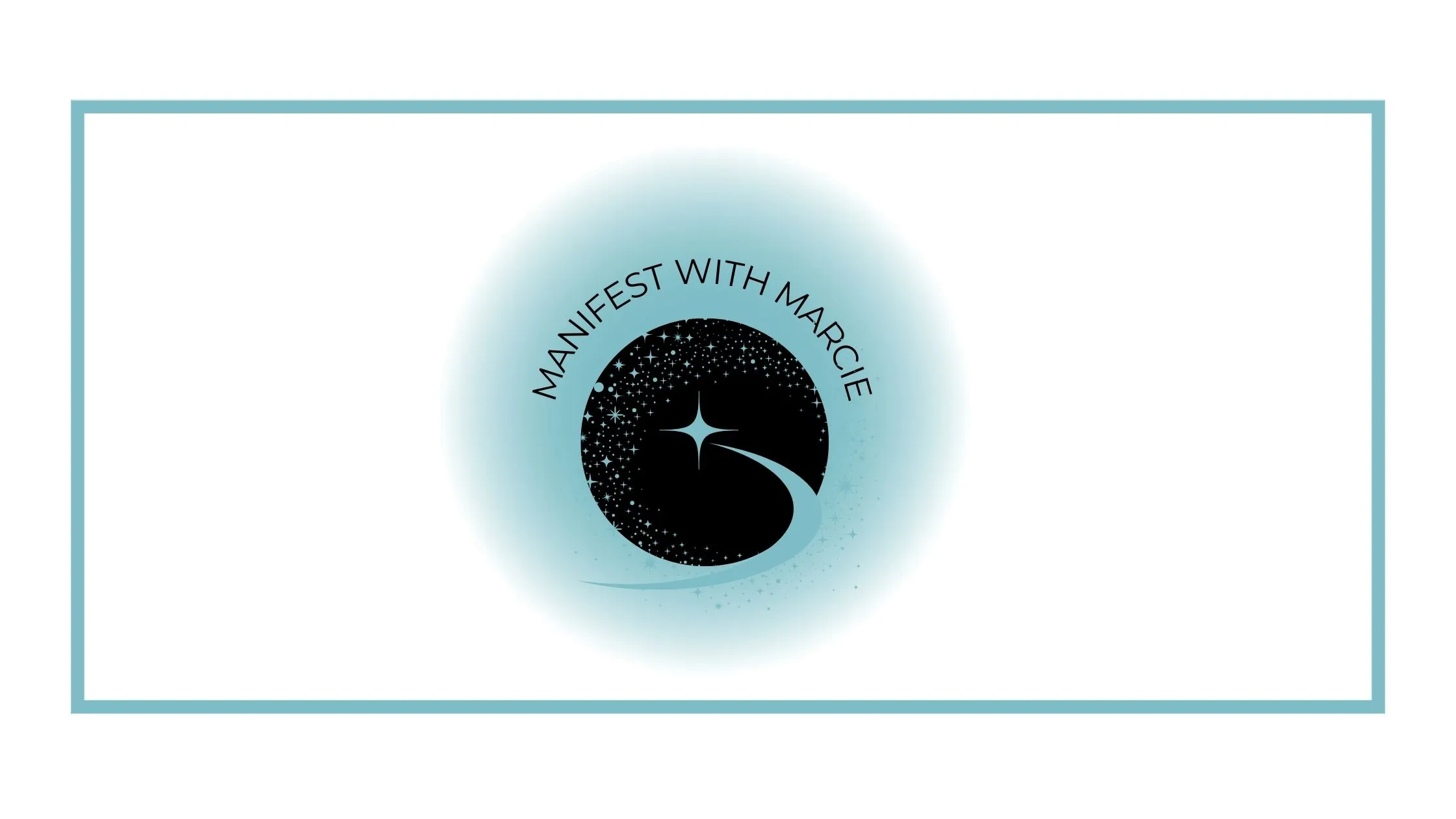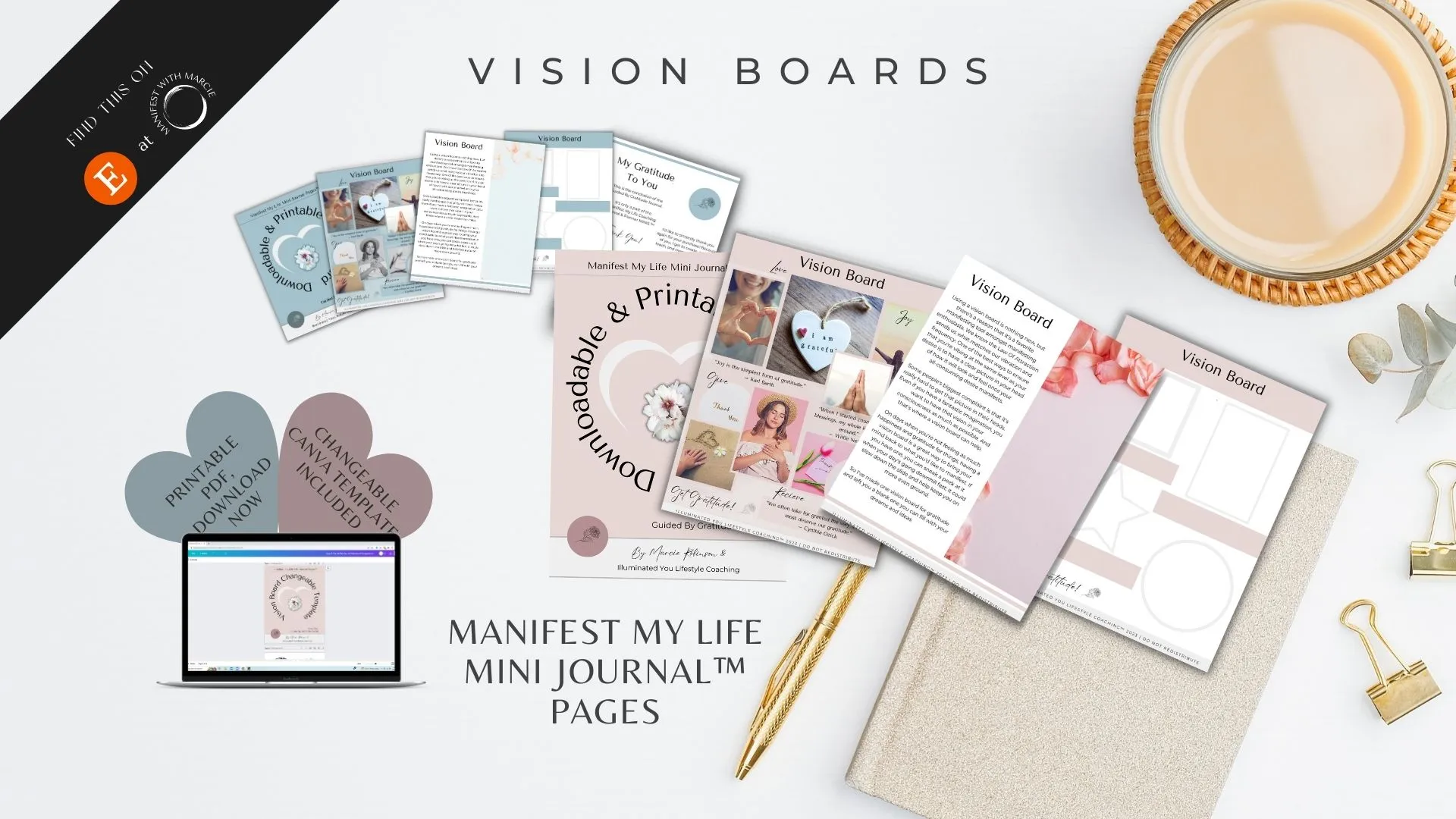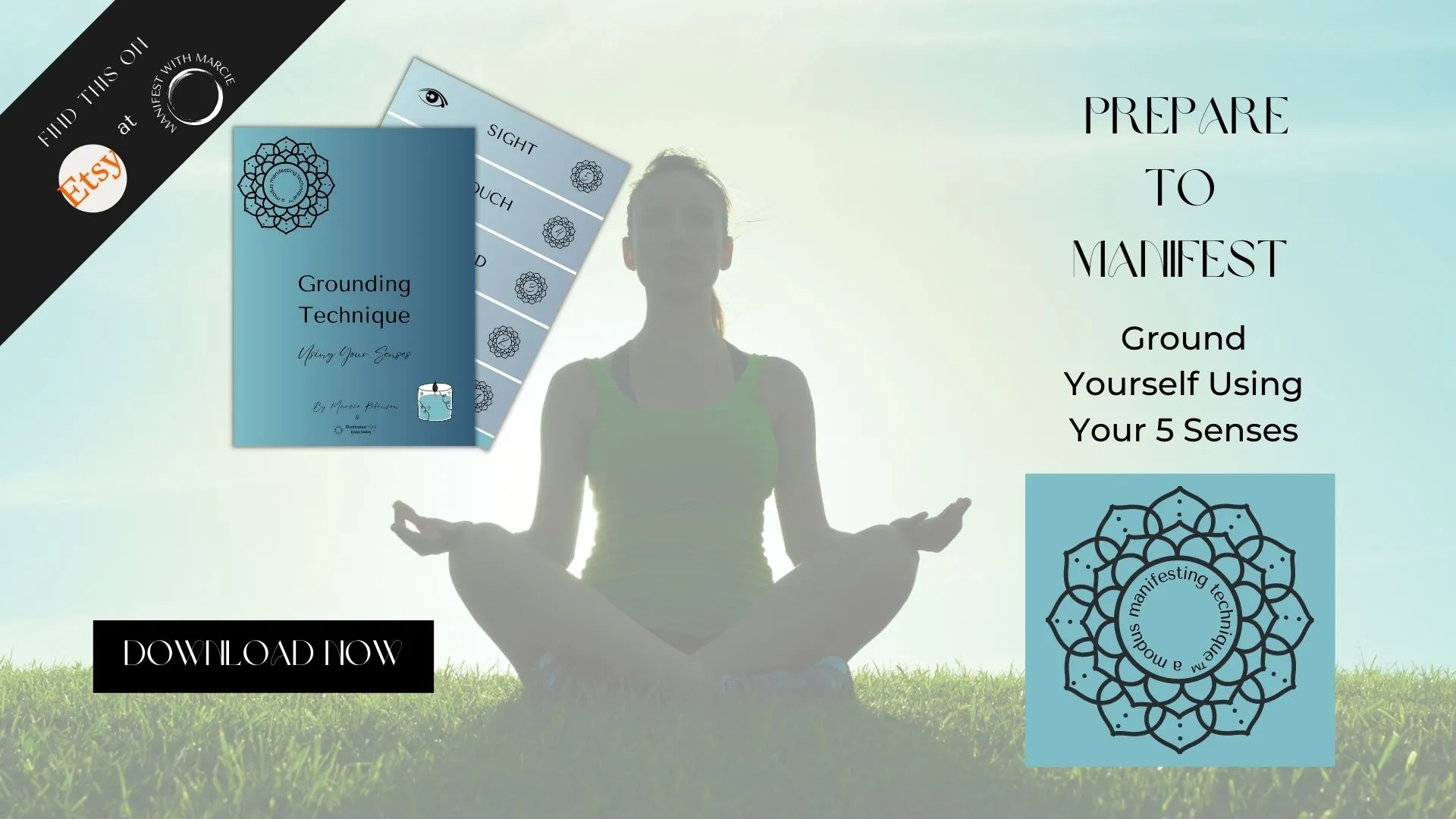How Slowing Down Is Actually An Innovative Way To Move Forward

If you find yourself obsessing over your vibration, you'll want to listen to this Magnetic Me podcast episode.
Hey there, LOA enthusiast. If you caught this week's episode of Magnetic Me, you'd know that I'm continuing the theme of being obsessed with your vibration. Vibration is one of the staple words when you're speaking about the LOA, and a lot of people get strange ideas about it. It's not their fault; nobody's to blame. However, it can be a bit of a downer to have to babysit your vibration all the time.
Here are some basics — high vibration=attractive qualities. Low vibration= repelling qualities. You can think about the difference between the hare and tortoise here. I call it the hare and the tortoise principle. Negativity is like the tortoise who, by the way, if you remember was slow, but he was steady, and he won the race. How many of us could relate to the tortoise daily when it comes to our vibrational output? If you're feeling down or blah or angry, the day seems so much longer, and the more you feel that way, the more negativity wins out. But on the days that you feel happy and energized, like the energizer bunny, the day seems to go faster, and it's usually much more fun too.
Sandy's frustrating experience with old, low vibe struggles.
Now, if you've ever been on one of my webinars where I talk about emotions, I sometimes refer to my client Sandy. Sandy's an intelligent woman and knew full well that her mindset was a choice, but she couldn't turn her own mindset around for any length of time. She hated people in general, and she really hated happy people because they reminded her of everything she didn't have. Sandy is a single mom, and she struggled with money for most of her life. She was also struggling with her workplace, what her job was, and the fact that she was lonely. She didn't have a lot of friends because she couldn't stand being around people.
When I met Sandy, I told her that whatever she was feeling at any time really was okay. Even feeling depressed, tired, sad, lonely, it was all perfectly normal. Boy, did she ever object to that! Here I was letting her off the hook, and she gave me nothing but grief for it.
Sandy had grown up with the belief that she had to be happy. So, she spent her life chasing it. She’d also spent most of her life trying to be something she wasn’t. She thought when she was a kid that more toys would make her happy. She had plenty, but she never felt satisfied that she had enough. She thought that she needed more friends, but the more Sandy tried to please everyone, the more she failed at it. She felt as a teenager that being thinner would help. She starved herself for several years to get into a size of jeans she was never meant to wear, so that didn’t work out either. Then came the boyfriend, but when he didn’t live up to her expectations, she wasn’t just devastated at the loss of the relationship. Sandy was also more depressed than ever that she couldn’t get it together. She wondered what was wrong with her.
Sandy didn't understand it. Her parents had given her pretty much everything that she’d wanted. It wasn’t as difficult for her as it had been for some of her friends growing up. She was an only child and had her parent”s full attention and devotion. They had a good marriage; they were still together. They had money. Her mom and dad seemed utterly content with their lives.
But Sandy had wanted more than that. She wanted to travel and see the world. She wanted to work at an interesting job. One that excited her and didn't chain her to a desk all the time. She wanted to hang out with people who were full of life and adventure. She wanted to be free! However, that came to a screeching halt when Sandy found out she pregnant. She was still a teenager at the time. When her parents accepted her pregnancy and told her that they would help her out, she was thrilled about it for a while. These new feelings made her think that this was a turning point for her. "This is it," she thought, "this baby is going to be mine, and being a mom will make me happy."But it didn’t take long after she had her daughter, for the exhaustion and overwhelm of being a new mom to set in. Even though she loved her baby, it wasn’t enough for her to feel the joy that she’d always been wanting. Not only that but even with her parents helping and with her working while she was going to school, the money situation was tight. It always made her feel like she was letting herself and her daughter down. It was hard to make enough to support both of them. Getting a full-time job didn't make those issues go away either.
Sandy had another chance to get it right.
When I came on the scene, Sandy’s daughter was a teenager. And Sandy still wasn’t any closer to living the kind of life she wanted. She had no clue what she’d do with her life once her daughter was grown and gone. She told me she liked being lazy and said and didn't have any energy to look for a new job or go back to school. She certainly didn't have the money for it either. Forget about travel and adventure; she was lucky to have all of her bills paid at once, she complained. Sandy complained about everything in her life! From where she lived to what she drove to what she ate for lunch. She hated not having money; she hated that other people had more than she did. She blamed co-workers for her lackluster performance at work and her sleepless nights. Her job sucked, her landlord sucked, her weekends sucked. Life wasn’t *** fair.
The thing Sandy couldn’t see was that she lived in a swirling quagmire of negative thoughts and feelings. What she didn’t understand was that our emotions are there to show us where our thoughts are. Her negative thoughts overshadowed every part of her life. In Sandy’s mind, no one was safe from her unfavorable attitude. Sandy was fighting every single feeling she had. She didn’t want to feel depressed, so she wanted to feel joy. At the same time, she didn’t want to be unrealistic and feel joy when there wasn’t anything to feel good about. It was a circle of not wanting to feel anything at all.
You probably see where I had a hard time convincing Sandy to try changing her thoughts. Even just the teeniest bit. Now she explains herself as having been hooked on negativity. It was just more comfortable for her to be that way than to do something about it. She believed that changing her thoughts was going to be "way too hard" for her to do. She had this incorrect belief that by changing her feelings to be more positive, that meant she had to walk around being perky and overly energetic all the time. Happy was a disappointing word to Sandy. She couldn’t see herself going from depressed to cheerful in one fell swoop. She didn’t believe she could do it even if she wanted to.
A lot of people walk around thinking that the “happy movement” as it’s been called is hogwash. It’s unrealistic or a complete fantasy to its detractors. What they’re missing is that nobody is going to become happy all at once. It would be pretty hard to be depressed one minute and full of joy the next. I can’t think of too many circumstances where that would be the case.
The good thing is that there’s no time limit for happiness. There are also no requirements that come with it either. You have no obligation to anyone to go from feeling anger about everything to feeling optimistic about your entire life in one minute flat. All you need to do is to focus on changing one thought at a time. That is where the hare and the tortoise principle comes in.
To get to the vibration of the hare or the energizer bunny, you need to slow down. Become the tortoise for a while. There's nothing wrong with being a tortoise in the first place; it's all in how you do it.
How to change your slow vibration into a better feeling one.
When Sandy finally realized that happiness wasn’t demanded by life, her transformation was pretty swift. She stopped chasing happy and started being more hopeful or content or optimistic when she could. She stopped thinking it was all pointless to try feeling better and started feeling real. She stopped trying to force happy onto herself. Only when she embraced her own emotions was she able to shift her thinking and, therefore, eventually her attitude.
Since then, she’s started going for some of those dreams. She quit the job that frustrated her so much and started working for herself. Not only is she using the skills that she's cultivated over time, but as a result, her money situation got much better. She's also letting people into her life more, so she isn't as lonely. Now, she's acknowledging every one of her emotions, which makes it easier for her to deal with them. I'm proud of her.
Words, thoughts, and feelings all contain vibrations. Words like grace, freedom, and love vibrate at a very high rate of speed. That vibration attracts the same qualities to it. Emotions of contentment, empowerment, and affection come flooding in when you give them a chance. The same thing can be said about the things that make us feel down — feeling down=slow=repelling qualities. So beware of the words you choose to express and how you show what you're thinking and feeling.
The best way to be a tortoise even that cute little snail in our graphic is to start noticing what your thoughts are. Seriously, when you have a thought, see if it makes you feel good or bad. Do this without judging yourself. That's the hard part because we're so caught up all the time in thinking that things need to be more than what they are.
Once you have the hang of doing this, when you have a negative thought, do something radical. Switch it on its head. Think the exact opposite of that negative thought and see how that makes you feel. If thinking the opposite makes you feel better, go one step further and think about something else that makes you feel better. When you have that skill of turning the thought on its head, it can give you a new viewpoint, teach you something or make you laugh sometimes. It tends to take the seriousness out of the negativity, and then you have a chance to re-work that thought and your belief about it.















